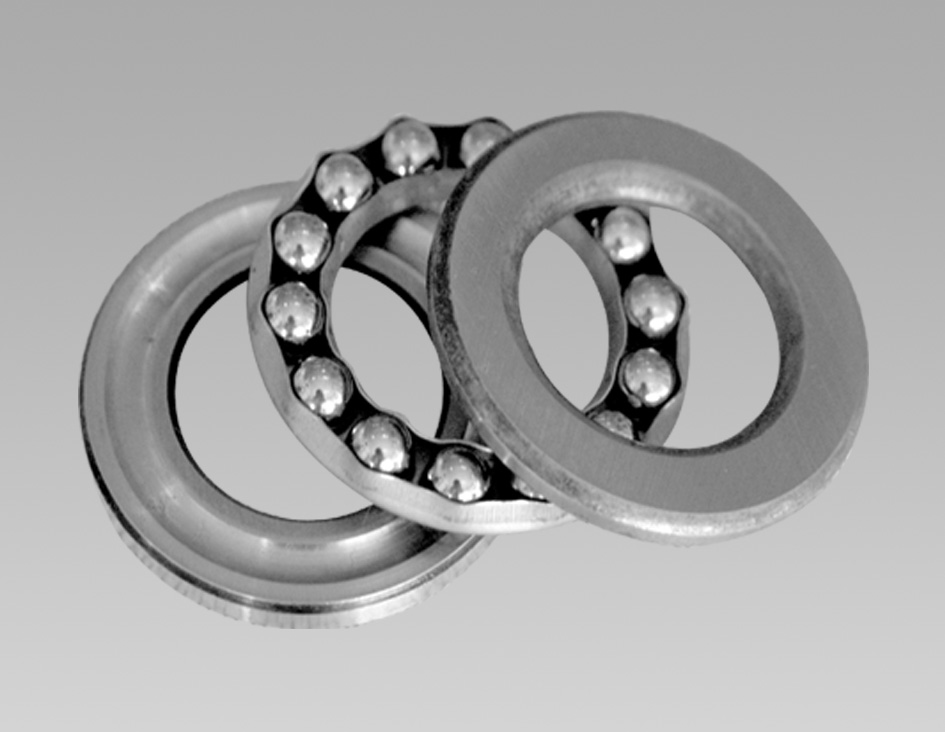
Dec . 04, 2024 10:08 Back to list
thrust ball bearing sizes
Understanding Thrust Ball Bearing Sizes
Thrust ball bearings are crucial components widely used in various mechanical applications, especially in conditions where axial loads are a primary concern. Their design allows for the accommodation of high axial loads while providing smooth rotational movement, a necessity in many industrial and mechanical systems. When selecting a thrust ball bearing, one of the most critical considerations is its size. This article explores the importance of thrust ball bearing sizes, their specifications, and the factors influencing their selection.
What is a Thrust Ball Bearing?
A thrust ball bearing consists of balls that are located between two grooved washers - one stationary and one rotating. Unlike radial bearings, which handle loads perpendicular to the shaft, thrust bearings specifically manage axial loads, which act parallel to the shaft. This design enables them to provide high precision and efficiency, particularly in applications such as automotive axles, turbines, and various machinery.
Importance of Bearing Sizes
The size of a thrust ball bearing is measured by its inner diameter, outer diameter, and height (or thickness). These dimensions are critical since they determine the bearing's load-carrying capacity, speed, and compatibility with the housing and shaft. A proper size ensures
1. Optimal Load Capacity The load-carrying capacity is significantly influenced by the bearing size. A larger bearing typically has a greater capacity to handle axial loads, making it suitable for heavier applications.
2. Friction and Efficiency The bearing size impacts the friction levels during operation. A correctly sized bearing reduces operational wear and increases efficiency, paving the way for longer service life and reduced maintenance costs.
3. Space Constraints In many applications, space is limited. Choosing the right size bearing ensures compatibility with design constraints without compromising performance.
4. Cost-Effectiveness Selecting the appropriate size reduces the risk of premature failure and excessive replacement costs, leading to better overall system performance.
Measuring Thrust Ball Bearings
The primary dimensions used to specify thrust ball bearings include
- Inner Diameter (d) This is the bore size that fits over the shaft. It is vital for ensuring a snug fit and allowing smooth rotational motion.
thrust ball bearing sizes

- Outer Diameter (D) This refers to the outer width of the bearing
. It plays a crucial role in how the bearing fits into the housing.- Height (H) The thickness of the bearing defines how much load it can support and affects the overall axial space requirements.
These dimensions are often specified in millimeters and adhere to international standards, ensuring compatibility across various applications.
Factors Influencing Bearing Selection
When selecting thrust ball bearings, several factors beyond size must be considered
1. Load Type Analyze if the application requires handling axial loads only, or if there will be any radial loads present.
2. Speed Requirement The operating speed can affect bearing durability. High-speed applications may require special materials and designs to withstand centrifugal forces.
3. Operating Environment Environmental factors like temperature, moisture, and exposure to contaminants can influence bearing material selection and sealing requirements.
4. Material Selection The choice of material - which can range from steel to ceramic - also affects the bearing's size and performance characteristics. Stainless steel bearings are often preferred in corrosive environments.
5. Lubrication Proper lubrication is essential for smooth operation and longevity. The type of lubricant used and the maintenance schedule can significantly influence performance.
Conclusion
In conclusion, selecting the right size for thrust ball bearings is crucial for achieving optimal performance in any application. It is vital to consider not only the dimensions but also the specific requirements of the application, including load type, speed, and environmental factors. By understanding thrust ball bearing sizes and their implications, engineers and designers can ensure reliable, efficient operation of their machinery, ultimately leading to enhanced productivity and cost savings. Whether in automotive, aerospace, or industrial machinery, the right thrust ball bearing can make all the difference in performance and longevity.
Latest news
-
Premium Deep Groove Ball Bearings | High Speed & Reliability
NewsAug.29,2025
-
Durable Scaffolding Clamps - Secure & Reliable Tube Connectors
NewsAug.28,2025
-
Common Failures in Thrust Ball Bearings and Solutions
NewsAug.22,2025
-
How Tapered Roller Bearings Can Take Shock Loads
NewsAug.22,2025
-
Angular Bearings in High-Precision Spindles
NewsAug.22,2025
-
The Impact of Misalignment on Cylindrical Roller Bearing Performance
NewsAug.22,2025
